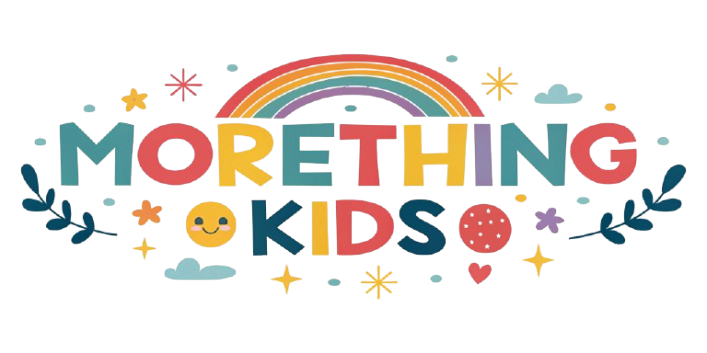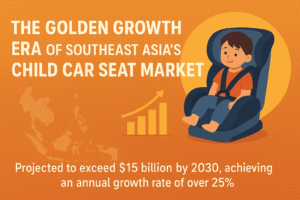As a professional in the toy market industry, I present an analysis of the development trends in the global children’s smart toy market for 2025. Smart toys integrate advanced technologies such as artificial intelligence (AI), the Internet of Things (IoT), and augmented reality (AR) to deliver interactive, educational, and entertaining experiences for children. Below is a detailed breakdown of the key trends shaping this market, based on the latest data and industry insights.
Key Trends
- Rapid Market Growth: The global children’s smart toy market is experiencing significant expansion, valued at approximately $18.1 billion in 2024, with projections estimating a market size of $25.5 billion to $37.1 billion by 2030, reflecting a compound annual growth rate (CAGR) of 10.9% to 15.4%.
- Technology-Driven Innovation: Advances in AI, IoT, AR, and virtual reality (VR) are enhancing toy interactivity and educational value, with examples including AI-powered voice recognition toys and AR-enhanced puzzles.
- Education and Skill Development: There is a growing emphasis on STEM (Science, Technology, Engineering, and Mathematics) education, with smart toys fostering critical thinking, problem-solving, and creativity.
- Changing Consumer Preferences: Parents increasingly prefer toys that blend entertainment with education, while online purchasing and subscription models gain traction.
- Regional Differences: North America leads the market, but the Asia-Pacific region, especially China and India, is poised for the fastest growth.
- Challenges and Opportunities: Data privacy and security pose challenges, while sustainability and expansion into emerging markets present growth opportunities.
Market Size and Growth
The global children’s smart toy market is on a steep growth trajectory. According to the IMARC Group, the market reached $18.1 billion in 2024 and is expected to grow to $60 billion by 2033, with a CAGR of 13.52% from 2025 to 2033. Grand View Research estimates growth from $12.37 billion in 2023 to $25.54 billion by 2030, at a CAGR of 11.5%. Meanwhile, Vynz Research forecasts a market size of $37.1 billion by 2030, with a CAGR of 15.4%. These projections highlight strong double-digit growth, driven by rising demand for high-tech educational toys.
Technological Advancements
Technological innovation is a key driver of the smart toy market:
- Artificial Intelligence (AI): AI creates personalized experiences, such as Toymint’s TeddyGPT (launched April 2023), which uses voice recognition to engage children and boost creativity and problem-solving skills.
- Internet of Things (IoT): Bluetooth and Wi-Fi enable toys to connect with smartphones and tablets, with smartphone-connected toys holding over 50% of the market share in 2023 (IMARC Group).
- Augmented Reality (AR) and Virtual Reality (VR): AR merges digital and physical play, as seen in AR-enhanced puzzles, while VR headsets are increasingly used for educational purposes.
- Educational Robotics: Products like MatataStudio’s VinciBot (launched February 2024) teach coding and computational thinking, meeting the demand for STEM-focused toys.
These advancements make smart toys both entertaining and valuable educational tools, appealing to parents and educators alike.
Education and Skill Development
Smart toys are increasingly vital for children’s education and skill-building:
- STEM Education: Toys promoting logical reasoning and computational skills are popular, with 90% of parents viewing STEM toys as gender-neutral (Grand View Research).
- Cognitive and Creative Development: Products like Mattel’s Pictionary Vs. AI (launched September 2023) encourage creativity and problem-solving through interactive play.
- Home Education Trends: The rise of home learning has increased demand for educational robots and interactive toys that support skill development.
These features align with modern parental priorities, making smart toys essential for early education.
Consumer Preferences
Parents are driving demand for smart toys that combine fun and learning:
- Education-Oriented: Focus on cognitive development is boosting the popularity of educational smart toys.
- Online Purchasing: The shift to online shopping accelerated during the pandemic, with 30.6% of U.S. parents and 19% of U.K. parents buying toys online (Grand View Research). Online sales are projected to grow at a CAGR of 14.7% from 2024 to 2030.
- Subscription Models: Subscription services offering regular toy updates are gaining ground, particularly in the U.S.
These trends reflect a move toward functional and convenient toy options.
Regional Differences
Market growth varies across regions:
- North America: With a 39.3% market share in 2023 ($4.85 billion), it leads due to high spending and tech adoption (Grand View Research).
- Asia-Pacific: The fastest-growing region, with China’s market expected to expand at a CAGR of 14.70% through 2034 (Vynz Research), fueled by a rising middle class and educational demand.
- Europe: Emphasizes high-quality educational toys, with a projected CAGR of 11.7% from 2024 to 2030.
These variations stem from differences in economics, culture, and technology adoption.
Challenges and Opportunities
The market faces hurdles but also significant potential:
- Challenges:
- Data Privacy and Security: Toys collecting children’s data raise concerns, requiring compliance with regulations like the EU’s AI Act (2024).
- Cost: High prices may limit accessibility.
- Opportunities:
- Emerging Markets: Growth in Asia-Pacific and other regions offers expansion potential.
- Sustainability: Eco-friendly toys using biodegradable materials are increasingly popular.
- Educational Partnerships: Collaborations with schools can position smart toys as STEM teaching aids.
Addressing these challenges while leveraging opportunities will be key for market players.
Sustainability
Sustainability is gaining traction in the smart toy industry. Consumers prefer toys made from biodegradable materials or energy-efficient components, aligning with environmental goals and giving brands a competitive edge.
Future Outlook
The smart toy market is set for continued growth, driven by innovation and educational demand:
- Ongoing Technological Innovation: Advances in AI, AR, and VR will create more personalized toys.
- Educational Integration: Smart toys may become part of school curricula, especially for STEM.
- Sustainability Focus: Eco-friendly practices will differentiate brands in the market.
Conclusion
The global children’s smart toy market is rapidly evolving, fueled by technological innovation, educational needs, and changing consumer preferences. Despite challenges like data privacy and cost, opportunities in personalized learning, sustainability, and emerging markets promise substantial growth. North America and Asia-Pacific will remain critical regions for industry professionals to monitor.
Key References:













